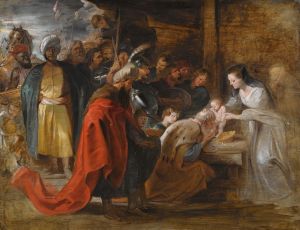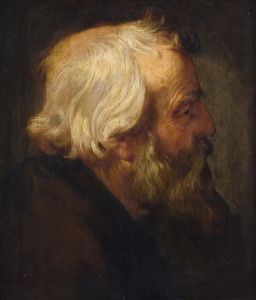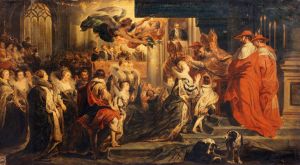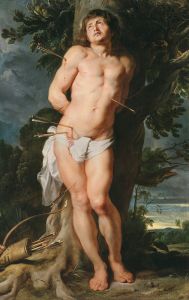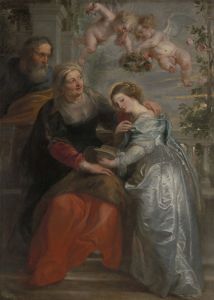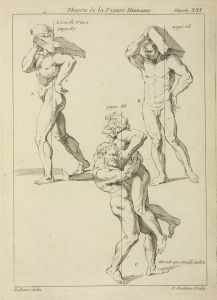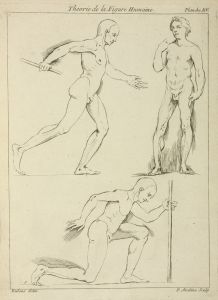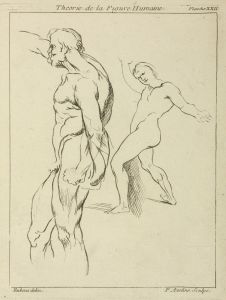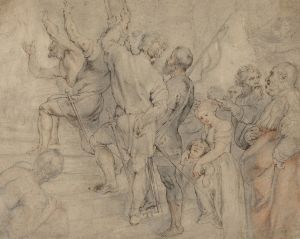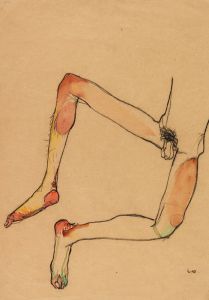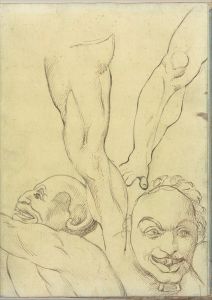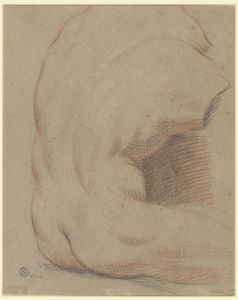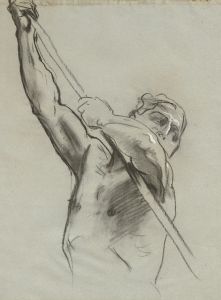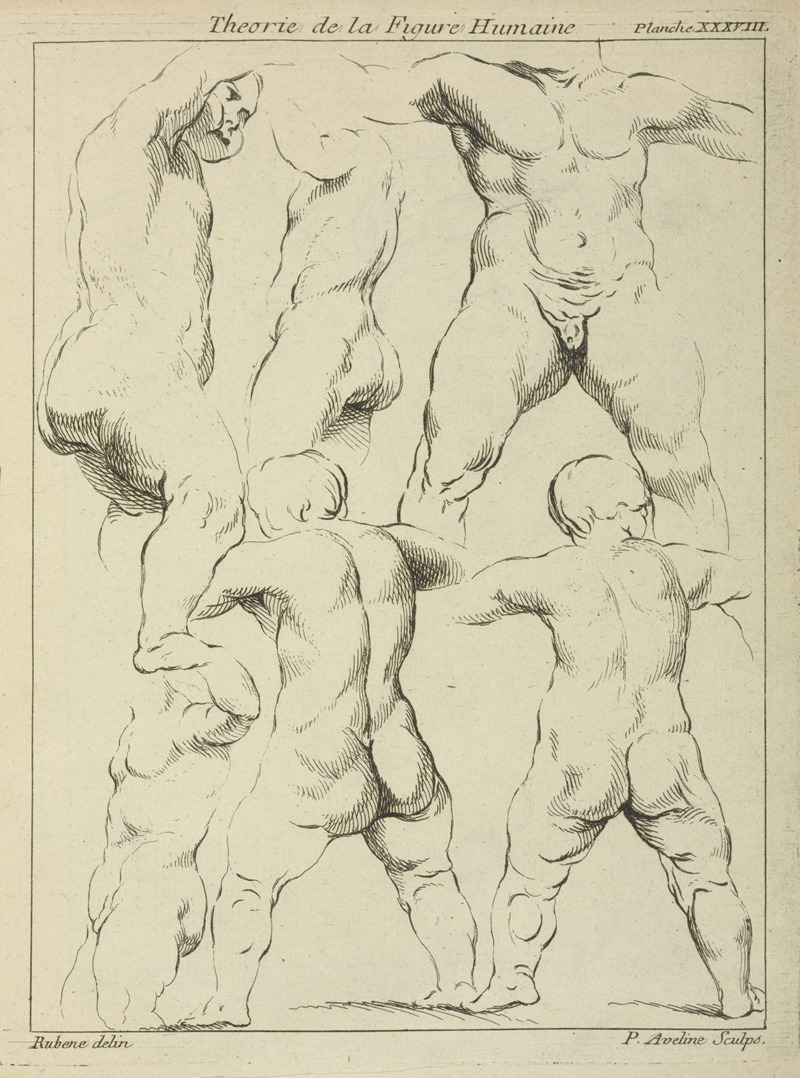
Studies of male torsos
A hand-painted replica of Peter Paul Rubens’s masterpiece Studies of male torsos, meticulously crafted by professional artists to capture the true essence of the original. Each piece is created with museum-quality canvas and rare mineral pigments, carefully painted by experienced artists with delicate brushstrokes and rich, layered colors to perfectly recreate the texture of the original artwork. Unlike machine-printed reproductions, this hand-painted version brings the painting to life, infused with the artist’s emotions and skill in every stroke. Whether for personal collection or home decoration, it instantly elevates the artistic atmosphere of any space.
"Studies of Male Torsos" is a drawing by the Flemish Baroque painter Peter Paul Rubens. Renowned for his dynamic compositions and robust figures, Rubens created this study as part of his extensive preparatory work for larger compositions. The drawing exemplifies his mastery in depicting the human form, particularly the male torso, which was a frequent subject in his oeuvre.
Peter Paul Rubens (1577-1640) was one of the most influential artists of the Baroque era. His work is characterized by its vibrant energy, dramatic use of color, and dynamic compositions. Rubens was not only a painter but also a prolific draftsman, and his drawings played a crucial role in his creative process. He often used them to explore different poses, anatomical details, and the interplay of light and shadow.
"Studies of Male Torsos" showcases Rubens' deep understanding of human anatomy. The drawing features several male torsos in various poses, each meticulously rendered to highlight the musculature and movement of the body. This study likely served as a reference for Rubens when creating his larger paintings, where the human figure often played a central role.
Rubens' approach to drawing was heavily influenced by his studies in Italy, where he was exposed to the works of Renaissance masters such as Michelangelo and Leonardo da Vinci. Their emphasis on anatomical precision and the idealized human form left a lasting impact on Rubens, which is evident in "Studies of Male Torsos." The drawing reflects his ability to combine anatomical accuracy with a sense of movement and vitality.
The medium used for "Studies of Male Torsos" is typically pen and ink, sometimes combined with chalk or wash to add depth and shading. Rubens' confident and fluid lines capture the contours and musculature of the torsos with remarkable clarity. The use of light and shadow in the drawing helps to create a three-dimensional effect, making the figures appear almost sculptural.
Rubens' drawings were not only tools for his own artistic development but also served as educational aids for his workshop. He ran a large studio in Antwerp, where he trained numerous assistants and apprentices. These drawings would have been invaluable resources for his students, providing them with examples of how to depict the human form with accuracy and dynamism.
"Studies of Male Torsos" is a testament to Rubens' skill as a draftsman and his dedication to understanding the complexities of the human body. It offers a glimpse into the meticulous preparation that underpinned his grand compositions and highlights the importance of drawing in his artistic practice. Today, Rubens' drawings are highly regarded and studied for their technical excellence and their role in the development of Baroque art.
In summary, "Studies of Male Torsos" by Peter Paul Rubens is a significant work that demonstrates the artist's expertise in anatomy and his ability to convey movement and vitality through drawing. It reflects his influences from the Italian Renaissance and his commitment to preparatory studies, which were essential to his success as one of the leading painters of the Baroque period.





